This article is more than 5 years old.
Joseph Franz von Goez’s 1783 adaptation of Lenardo und Blandine “in 160 impassioned designs” may be the world’s first graphic novel.
Based on a ballad by German poet Gottfried August Bürger, Goez’s book tells the story of doomed lovers Lenardo and Blandine in a series of captioned copper etchings.
Bürger’s poem is itself based on Boccacio’s tale of Ghismonda and Guiscardo. In both versions a young woman is promised in marriage to a nobleman. However, her betrothed soon discovers that she already has a lover. The girl’s father kills the lover, after which the distraught daughter goes mad and dies.
Bürger’s poem was popular in 18th century Germany, inspiring works of art and theatrical adaptations. A musical melodrama based on the poem was staged in Munich in 1779, with a score by Peter Winter. The director and librettist was Joseph Franz von Goez.
Goez’s illustrations were based on the theatrical version of Lenardo und Blandine. The melodrama makes a few adjustments to Bürger’s poem , mostly to make the title characters more sympathetic. In Goez’s version the lovers are secretly married and Lenardo is a faithful courtier to Blandine’s father the king.
Whether or not Goez’s book is the first graphic novel, it is a fascinating record of an 18th century theatrical performance.
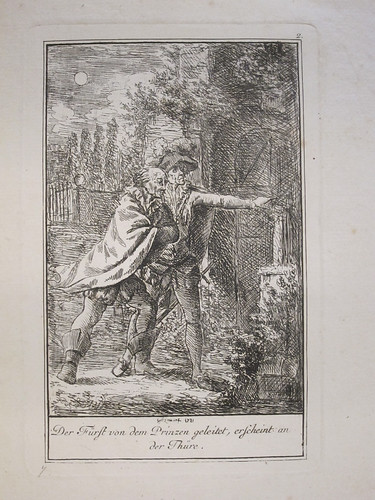 As the story begins, Blandine’s fiance witnesses her tryst with Lenardo and vows revenge.
As the story begins, Blandine’s fiance witnesses her tryst with Lenardo and vows revenge.
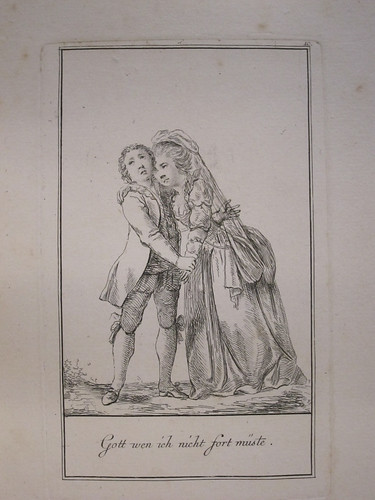 The lovers, meanwhile, are grieved to have to part as morning approaches.
The lovers, meanwhile, are grieved to have to part as morning approaches.
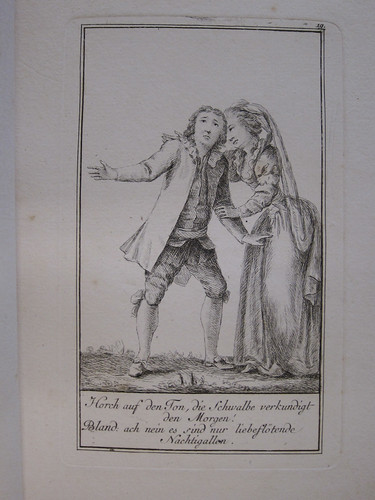 Parallels with stories of other doomed lovers are abundant. Here Blandine insists that the bird Lenardo hears is a nightingale, not a swallow, herald of the morning.
Parallels with stories of other doomed lovers are abundant. Here Blandine insists that the bird Lenardo hears is a nightingale, not a swallow, herald of the morning.
Lenardo, as it turns out, was right to feel a sense of foreboding. After he leaves Blandine, he is killed by her father the king.
That evening Blandine wonders why Lenardo does not come to her as he had promised.
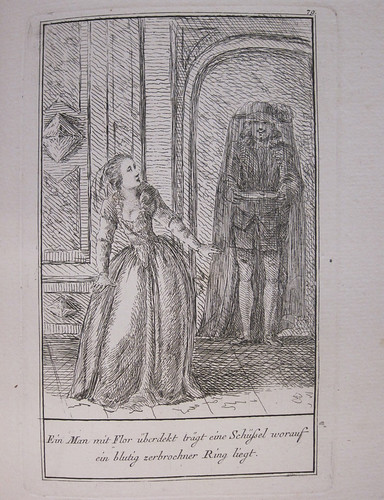 She is visited by three mysterious messengers, bearing in turn a bloody, broken ring…
She is visited by three mysterious messengers, bearing in turn a bloody, broken ring…
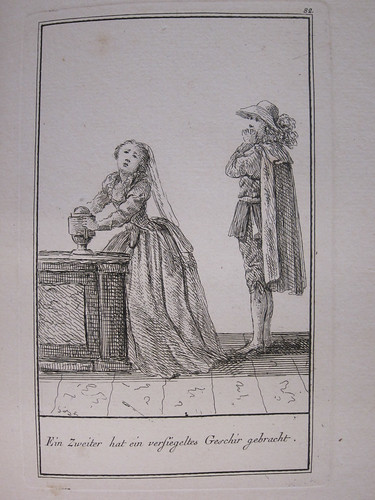 …an urn containing the dead Lenardo’s heart…
…an urn containing the dead Lenardo’s heart…
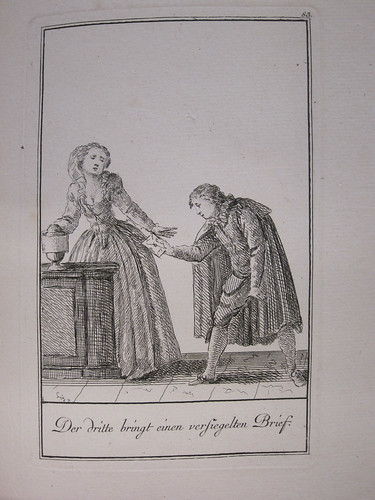 …and a letter accusing her of infidelity.
…and a letter accusing her of infidelity.
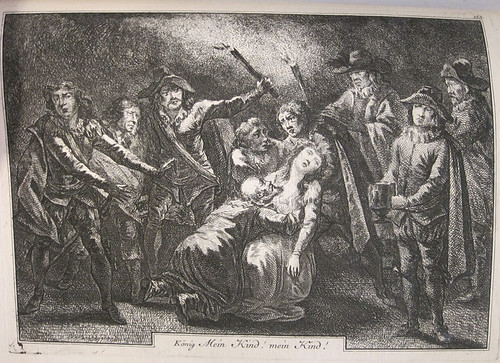 The king is left to mourn his dead daughter and repent of his rash actions.
The king is left to mourn his dead daughter and repent of his rash actions.
Wake Forest’s copy of Lenardo und Blandine was purchased by the library in 1964.

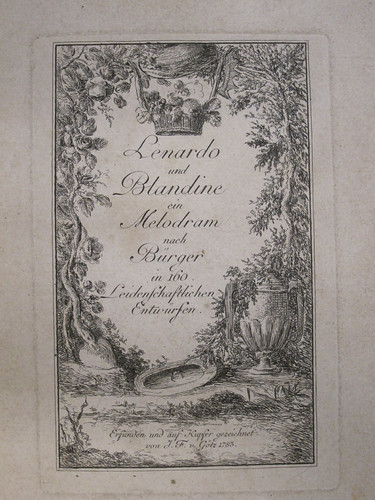
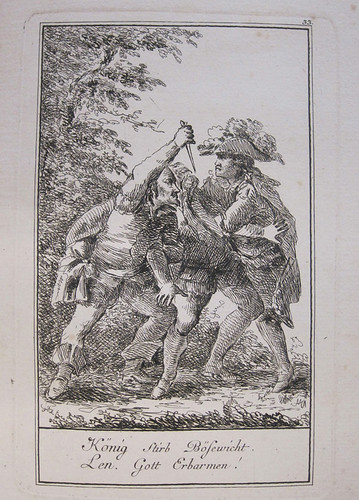
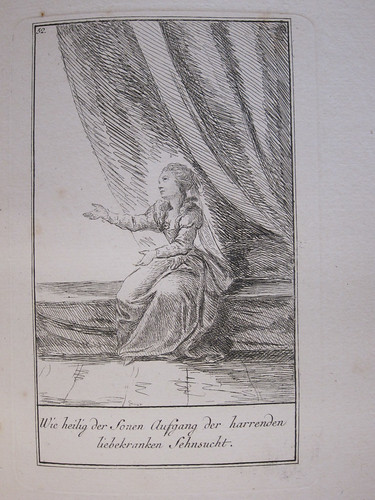
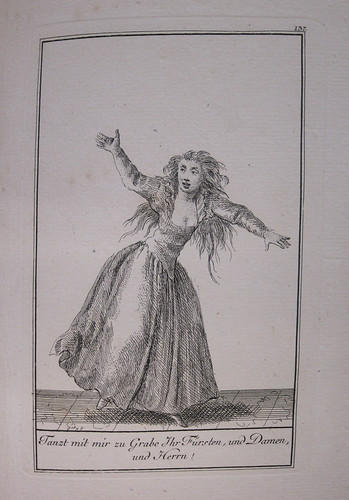
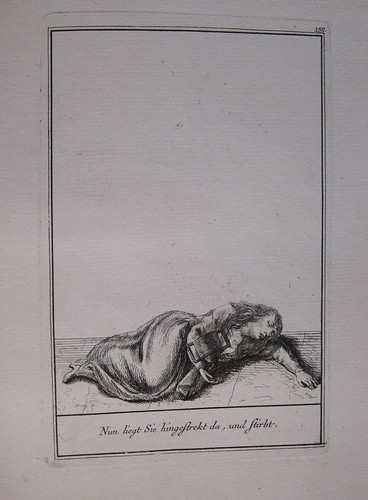
1 Comment on ‘Lenardo und Blandine, illustrated by Joseph Franz von Goez (1783)’
Wow! I can’t wait for the film!